Thoreau's Legacy (4 page)
Authors: Richard Hayes

Last Winter
Michelle Cacho-Negrete
LATE WINTER BROUGHT FOUR BLIZZARDS NEARLY
back to back. Snow is vital to the ecology of Maine, a blanket that insulates the life germinating underground, a womblike protection, very welcome despite treacherous roads, power outages, and “cabin fever.” A few weeks earlier I’d been fearful that we would have little snow on the ground, as had happened a year or so before, leaving our flower and vegetable gardens nearly barren. Indeed, just the previous week, 55-degree temperatures had broken weather records, arousing my fears. My husband, Kevin, a research scientist whose work involves trees and global climate change, paused to examine some prematurely budding pussy willows, those furry precursors of spring.
“Nearly two months early,” he said, running his fingers over the buds.
The willows
were not alone in their confusion as to the season
: oak and maple buds had begun to swell, and the sharp tips of daffodils poked out between layers of icy slush. Ice melted from the roof, a sparkling mini-waterfall. The snow on the driveway parted like a wintry Red Sea. The conifers seemed to suck up green from the air. Black dots, stark against the hard-packed snow, came to life: snow fleas, tiny insects beckoned from their dormancy by the April-like weather, frolicked wildly, offering a springtime dance of little hops. Meteorologists spoke about unseasonable cold in some places, unseasonable heat elsewhere, droughts, monsoons, mudslides.
Snow fell again, slicing through the air like thorns, burying the springtails, walling roads with six-foot drifts. Freezing temperatures coated buds in latticed ice, rendering them useless for the spring to come, reminding me again how fragile and yet resilient everything is and how carelessly we challenge that resilience.
I curled up by our wood stove and read a book about Inuit shamans on mystical journeys who take on the responsibility of atoning for tribal transgressions and restoring balance to the everyday world. I thought of how our children and grandchildren will be the ones forced to take on that responsibility, apologizing to the planet for the ways we’ve mistreated it.

Michelle Cacho-Negrete
is a retired psychotherapist who now works as a writer. She lives in Wells, Maine, with her husband.
Sugar Shacks,
Snow Cones, and
Sugar Maples
Marian Wineman
The Sugar Shack.
My sister’s school in Hillsboro, New Hampshire, was across a dirt road from a dairy farm of rolling hills and steely gray granite boulders. Just inside the farm’s meandering stone walls was an old sugar shack. The dark wood structure, about ten by twelve feet, had multipaned windows and a chimney that looked like a miniature sugar shack atop the steep metal roof.
One day we were shown around the sugar house, with its creaking wooden floorboards. The air inside was so thick, hot, and heavy with sweet vapor that it was nearly intolerable. Wood smoke mingled with the steam. Boiling liquid slowly migrated along a series of sloping interconnected troughs around the perimeter of the shack. We were treated to a taste from each stage of the sugaring-off. The first troughs held a watery, nearly clear liquid. Progressing on down the troughs, the syrup became gradually thicker and darker, its taste increasingly complex.
Snow Cones.
Every spring my family spent a long ski weekend at the Appalachian Mountain Club’s Mount Cardigan lodge in New Hampshire. After an eventful day of skiing the rope tow, our mittens sopping wet and the tow often breaking down, we sat down to a tasty dinner, followed by an amazing treat.
Outside the lodge, a huge black iron kettle hung over a roaring fire.
Embers snapped and
danced upward in the frosty air
toward the stark stars overhead.
Sweet steam boiled up from the cauldron, obscuring the faces of the others stamping their feet in the snow.
Someone handed me a cup, which I carefully filled to the brim with snow, then timidly tiptoed close to the kettle. Using a big ladle, another person poured thick, steamy dark syrup into my snow-filled cup. A maple snow cone!
Sugar Maples.
In recent years sugar maples, the source of maple syrup, have been tapped as early as January instead of in March, the traditional time. As winters warm and spring comes earlier, the perfect sap-producing combination of freezing temperatures at night and thawing during the day occurs on fewer days, and maple syrup production wanes.
As a result of these warming trends, the sugar maples’ unique growing conditions may no longer occur in New England, and the trees may die out. Soon maple syrup may not be produced at all in New England, only in Canada. How can I tell my daughter and grandchildren that we let the iconic sugar maples disappear?
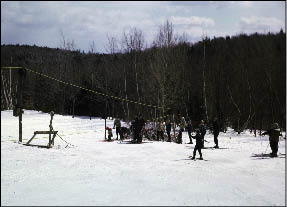
My mom and little brother catching the rope tow at Cardigan, April 1965. Photo by my dad, Robert J. Wineman.
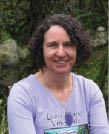
Marian Wineman
is an environmental consultant living in Seattle with her husband, their nine-year-old daughter, a hamster, fish, and two cats.
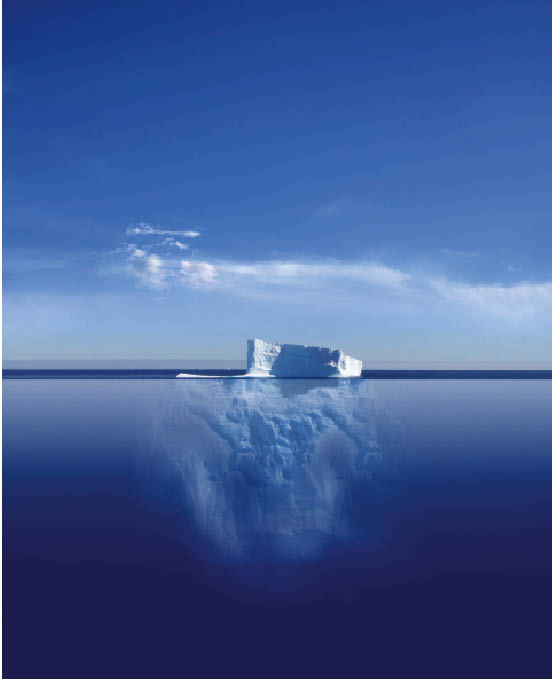
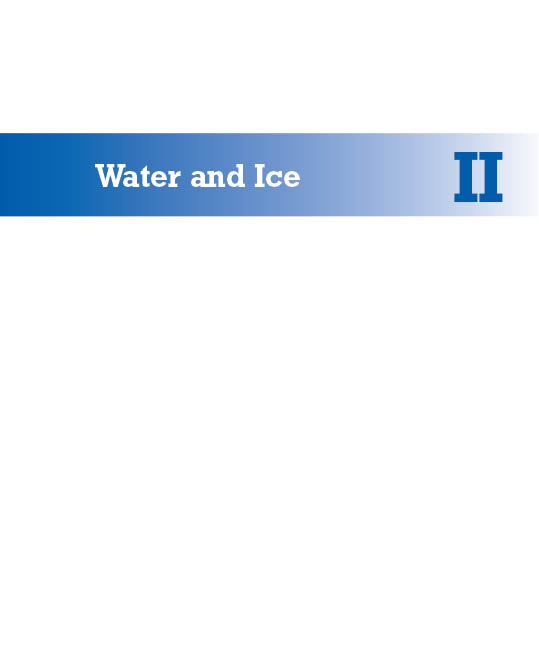
The Unfathomable
in Flux
Danna Staaf
LOS ANGELES IS NOT PARTICULARLY FAMOUS FOR natural beauty, and it is not a coastal city. However, as a child growing up in this urban setting, I was a determined naturalist, and my strongest passion was reserved for creatures of the sea, as portrayed in books and documentaries. Anxious to get a closer look, I decided at the age of twelve to become a scuba diver. Not only did my parents encourage this peculiar ambition, my father enrolled in the scuba course with me.
Our first dives were on Catalina Island, and I recall vividly the thrill of those early underwater experiences. I once turned my head to find myself gazing into the brown, curious face of a harbor seal, mere inches away. I believe I stopped breathing.
We regarded each other for
one long moment
before the creature swam away,
leaving me thoroughly enchanted. On another dive I stumbled into a grove of giant kelp. Bright summer sunlight pierced the water in distinct beams, lighting each kelp blade in dazzling yellows, blues, and greens. Distinctive orange garibaldi, California’s state fish, swam through the majestic swaying algae, entirely unconcerned by my presence.
Now I live in coastal Monterey, a six-hour drive north of Los Angeles, and I can dive almost in my back yard. The sea here is still full of kelp forests, but different animals swim through the fronds. Garibaldi are rare; instead I find monkeyface eels lurking beneath the kelp, their eyes and big lips full of expression. A faunal shift occurs at Point Conception, between Los Angeles and Monterey. To the south are warm-water species; to the north, cold-water. Some animals, like the frolicking harbor seals, are at home in either province, but many others must live on one side or the other.
At least, that was once the case. Now more and more southern species are creeping up around the point, displacing northern species. As stories of expanding and contracting ranges become more common, I struggle with the picture of what my beloved California coast will look like in fifty or a hundred years.
Thoreau wrote, “The ocean is a wilderness reaching round the globe, wilder than a Bengal jungle, and fuller of monsters.” In his time the sea was perceived to be a place that human activity could not touch or transform, an endless natural resource, “equally wild and unfathomable.” Today, to our sorrow, we find that the ocean is more fragile than we thought. Overfishing has vastly depleted, sometimes extinguished, the awe-inspiring “monsters” of the sea. Global warming is causing sea levels and sea-surface temperatures to rise inexorably, shifting species’ ranges and endangering those that fail to adapt.
I love the beauty, diversity, and abundance of the California ocean. I wonder how it will weather the global changes already under way. Will Monterey look more like Catalina when my children learn to dive?
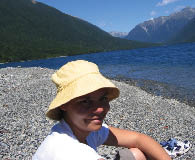
Danna Staaf
is a Ph.D. student at Stanford University’s Hopkins Marine Station, in Pacific Grove, California. Her dissertation research is on the development and dispersal of the Humboldt squid.